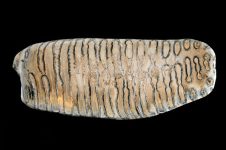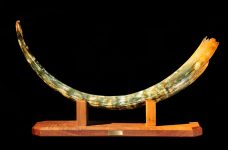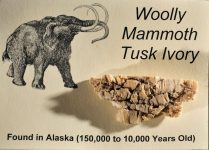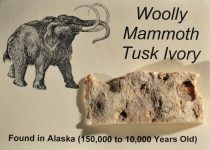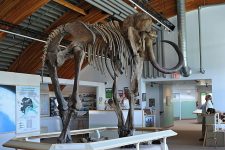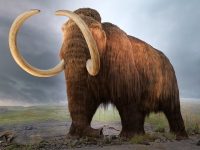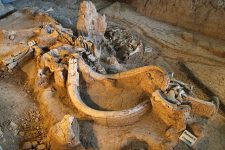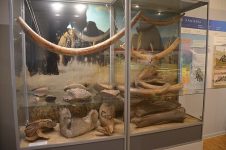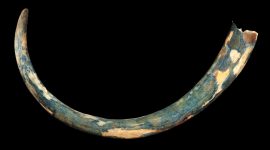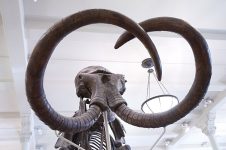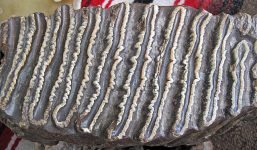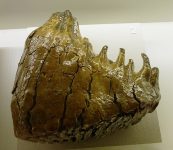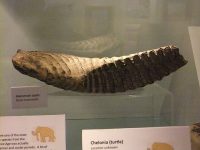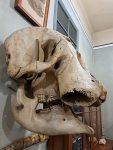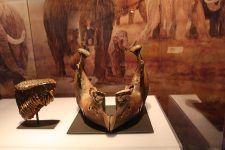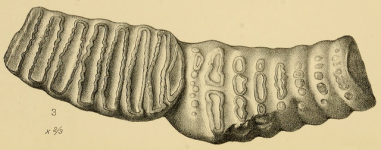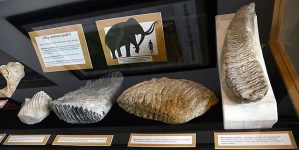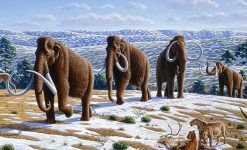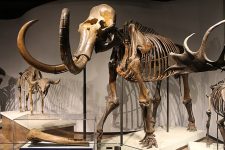WOOLLY MAMMOTH
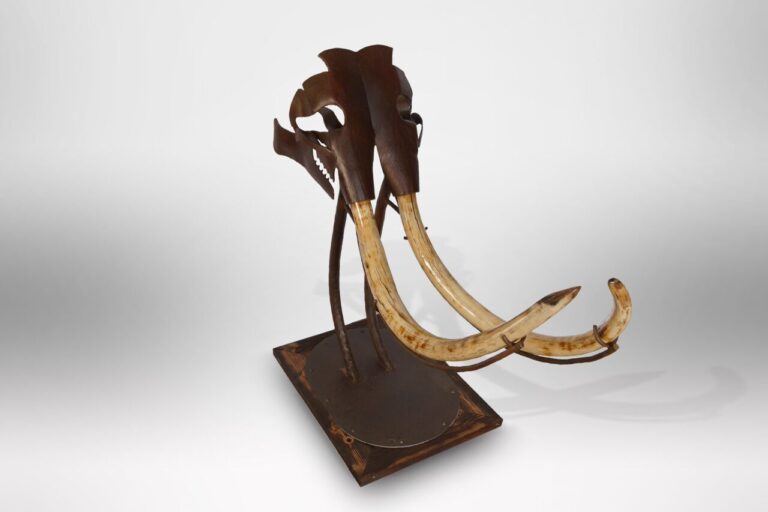
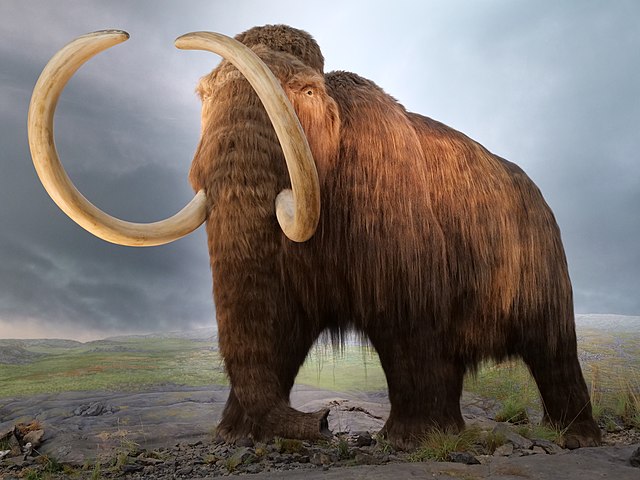
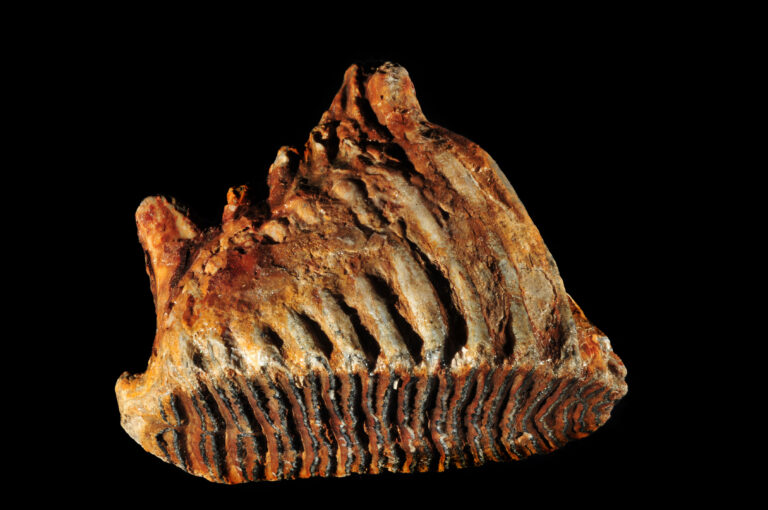
WOOLLY MAMMOTH
Mammoths were large, extinct members of the elephant family (Elephantidae) that roamed the Earth during the Pleistocene epoch, approximately 2.5 million to 10,000 years ago. They are renowned for their impressive size, long, curved tusks, and thick fur adapted for cold climates. Mammoths played a crucial ecological role as herbivores in ancient ecosystems and left a significant imprint on human cultures worldwide. In this exploration, we delve into the anatomy, evolution, habitat, extinction, cultural significance, and scientific importance of mammoths.
Anatomy and Physical Characteristics
Mammoths shared several physical traits with modern elephants but exhibited adaptations suited for colder environments:
Size: They were comparable in size to modern elephants, with adult mammoths reaching heights of up to 13 feet (4 meters) at the shoulder.
Tusks: Mammoths possessed long, curved tusks that could exceed 15 feet (4.5 meters) in length in some species. These tusks were composed of ivory and served various purposes, including digging for food, stripping bark from trees, and defense against predators.
Fur: Unlike modern elephants, mammoths had a thick coat of fur, particularly in cold-adapted species like the woolly mammoth (Mammuthus primigenius). This fur provided insulation against frigid temperatures during the Ice Age.
Evolutionary History
Mammoths evolved from earlier proboscideans in Africa approximately 5 million years ago. They migrated into Eurasia and North America during periods of glaciation and adapted to diverse environments ranging from tundra and grasslands to boreal forests. Mammoths underwent extensive speciation, resulting in several recognized species, each adapted to specific environmental conditions and geographical regions.
Habitat and Distribution
Mammoths inhabited a wide range of habitats across Eurasia, North America, and even parts of Africa during periods of global cooling and glaciation. They thrived in open landscapes characterized by abundant vegetation, such as grasslands and tundra. Mammoth populations were particularly dense in regions with ample food and water sources, including river valleys, coastal plains, and glacial margins.
Diet and Feeding Behavior
Mammoths were herbivores that primarily fed on grasses, sedges, shrubs, and other low-growing vegetation. Their teeth were adapted for grinding tough plant material, and their muscular trunks (proboscis) enabled them to grasp and manipulate vegetation with precision. Mammoths played a crucial role in shaping ancient ecosystems through grazing and browsing behaviors, influencing vegetation dynamics and nutrient cycling in their environments.
Extinction
The extinction of mammoths occurred during the late Pleistocene epoch, approximately 10,000 years ago. Several factors likely contributed to their decline and eventual extinction:
Climate Change: Fluctuations in global climate during the late Pleistocene, including periods of rapid warming and glacial retreat, altered vegetation patterns and reduced suitable habitats for mammoths and other large herbivores.
Human Impact: The arrival and spread of early human populations in Eurasia and North America, particularly during the late Pleistocene and early Holocene periods, had significant impacts on mammoth populations through hunting, habitat alteration, and competition for resources.
Ecosystem Changes: The loss of mammoths and other megafaunal species may have disrupted ancient ecosystems and contributed to cascading effects on plant communities, predator-prey dynamics, and nutrient cycling processes.
Cultural and Scientific Significance
Mammoths hold profound cultural and scientific significance as iconic symbols of the Ice Age and subjects of archaeological study and paleontological research:
Paleontology: Fossilized remains of mammoths provide valuable insights into their anatomy, behavior, and evolutionary relationships within the elephant family (Elephantidae). By studying mammoth fossils and associated sediments, researchers can reconstruct past environments, track changes in biodiversity, and investigate the factors contributing to megafaunal extinctions.
Human Interactions: Mammoths have been depicted in ancient cave paintings, sculptures, and artifacts, reflecting their importance in early human cultures and societies. Mammoth ivory and bones were utilized by ancient humans for tools, weapons, and artistic creations, underscoring the enduring cultural significance of these majestic creatures.
Conservation and Preservation
Efforts to protect and preserve mammoth fossils and associated archaeological sites are critical for maintaining their scientific and cultural value. National parks, museums, and research institutions play essential roles in safeguarding mammoth remains, promoting public education, and supporting ongoing research into Earth’s ancient biodiversity and evolutionary history.
